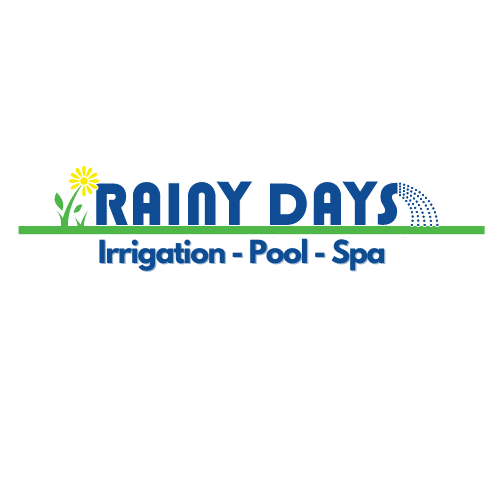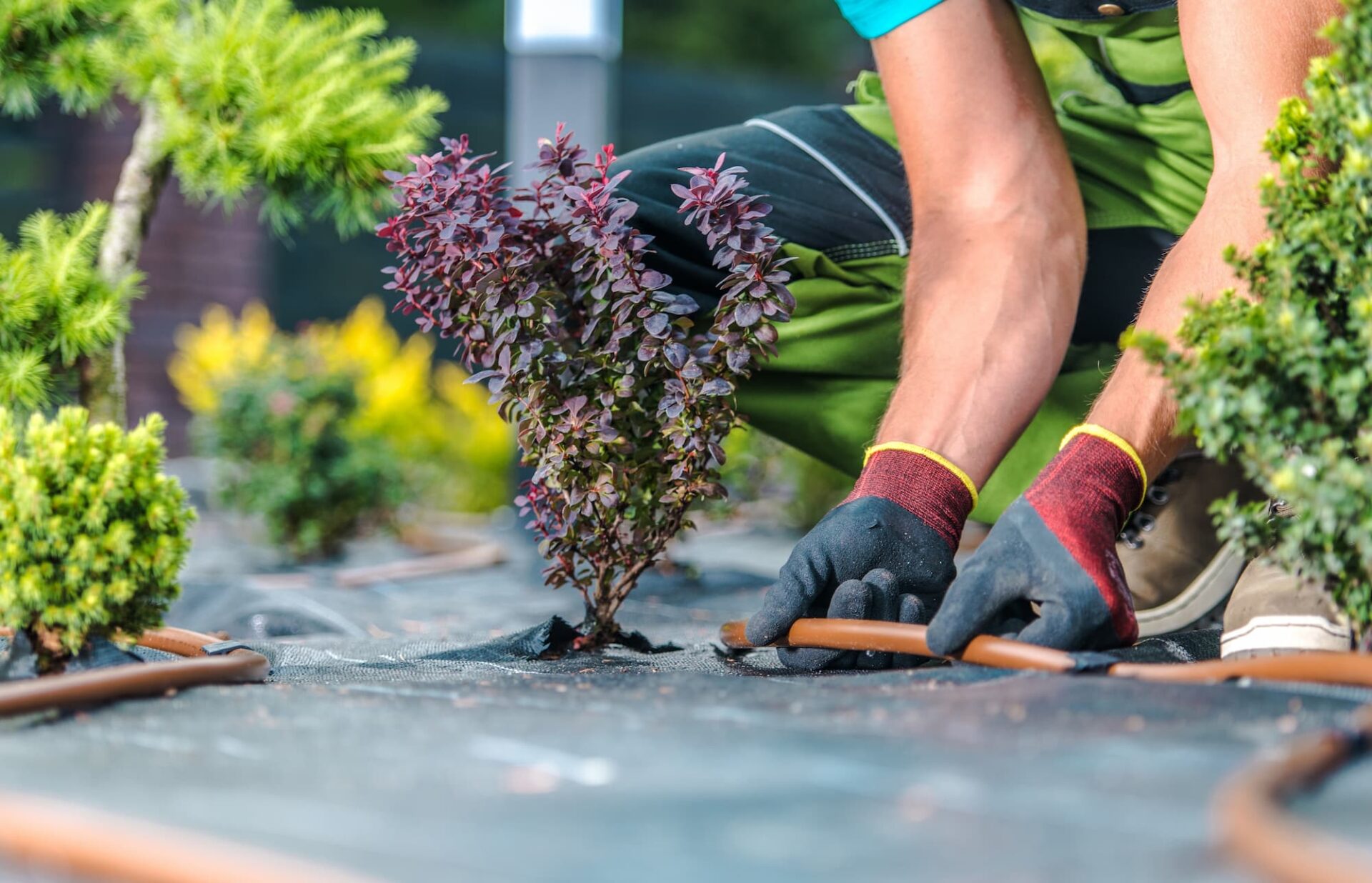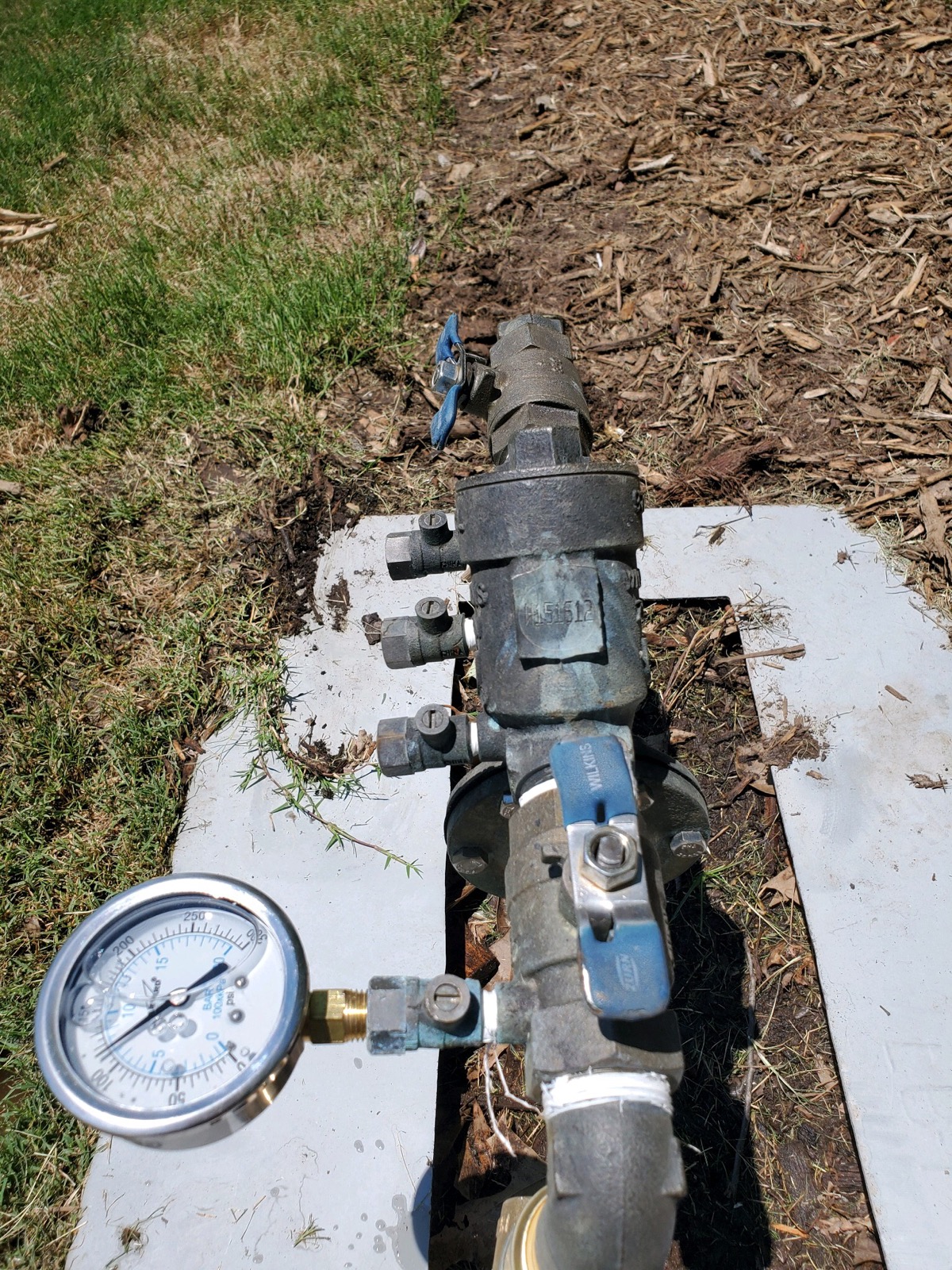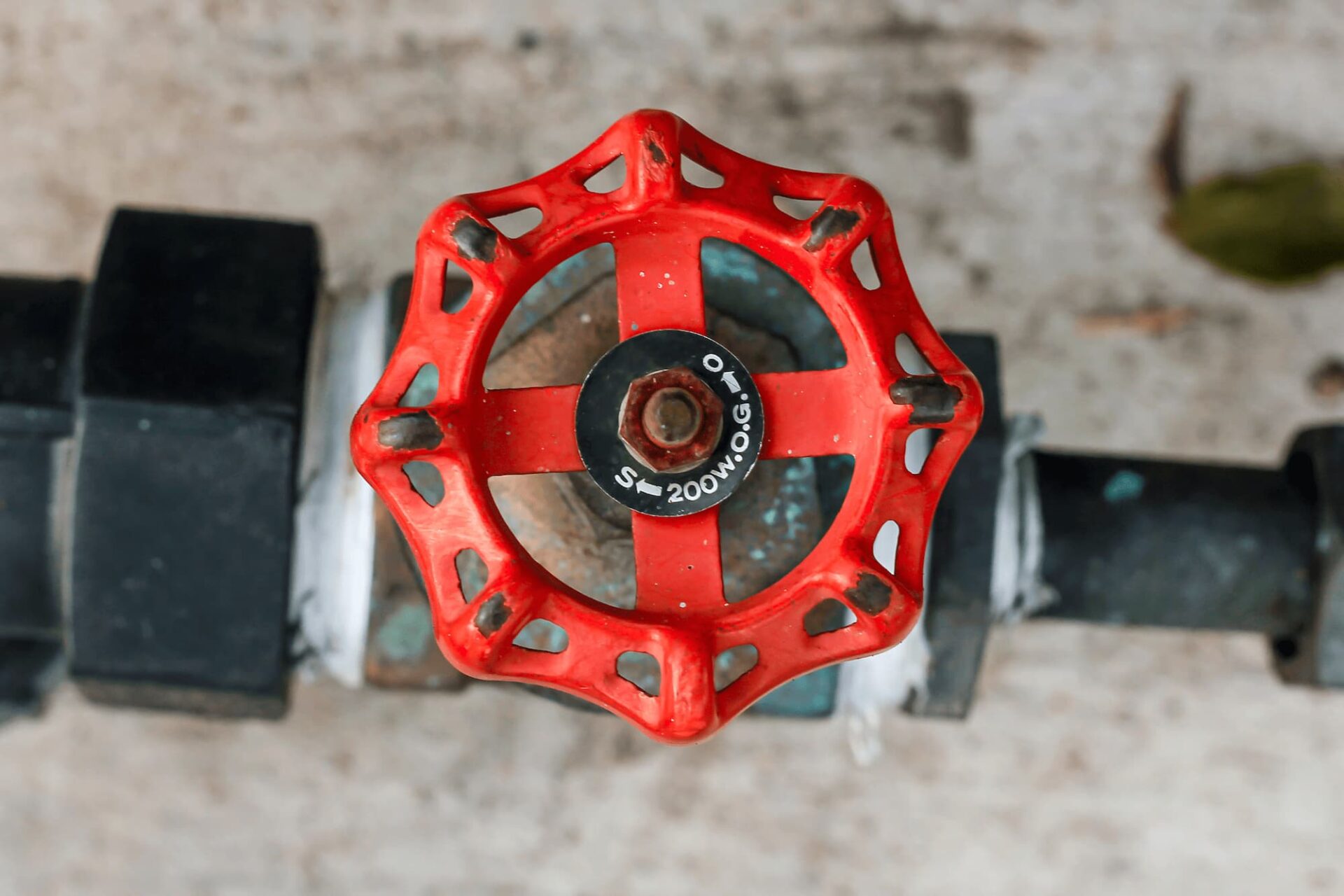Everybody loves water pressure — especially if you’re getting the slip-n-’-slide ready for the kiddos or hopping in the shower after a long day. However, the novelty does start to wear off when it comes to your irrigation system.
Over time, high water pressure can damage the core components of your irrigation system, and this kind of deterioration can be costly. We’ve seen many firsthand examples of extensive damage to irrigation systems caused by high water pressure — even when the pressure falls within the specified range of the component rating.
Common damage from poor pressure regulation can include:
- Breaks in the lines
- Backflow leaks
- Broken sprinkler heads
- Uneven distribution of water
Although the components of an irrigation system may be rated for much higher pressures, the sprinkler heads are designed to operate “best” at lower pressures.
This means that the even distribution of water improves significantly when the pressure pushing the water through the nozzle is within a certain range. You may love the high water pressure in your shower, but the experts at Rainy Days have Seen Some Things: like irrigation systems with extensive damage.





